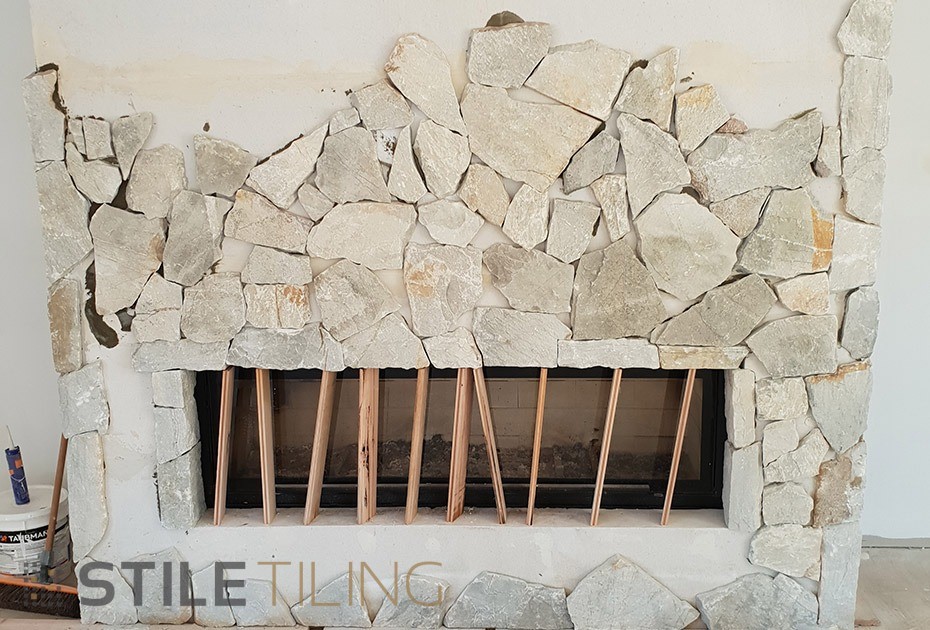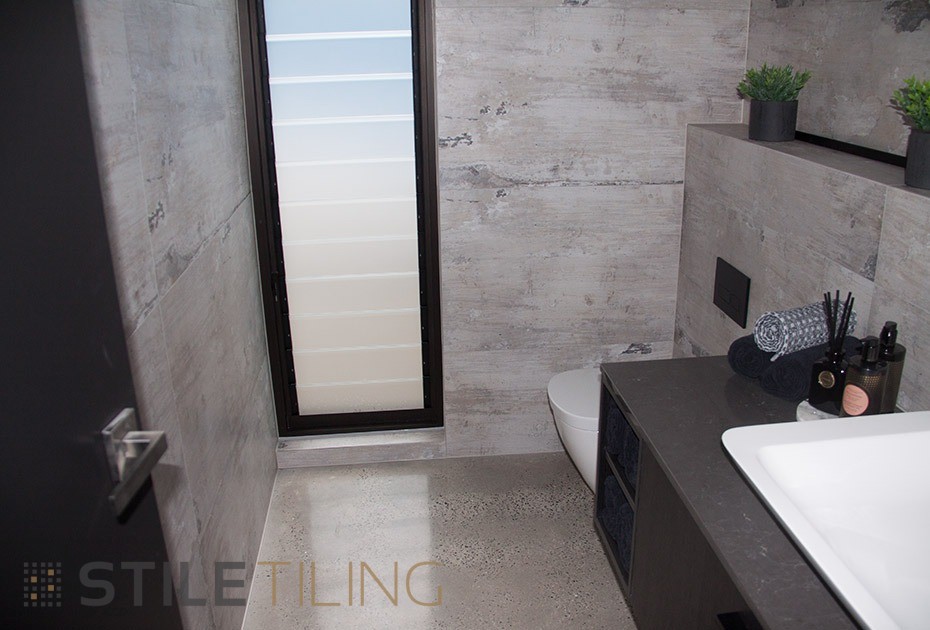
Preparation is critical to ensure the quality of the finish when laying wall tiles.
Therefore, checking the plumpness of the wall and ensuring that it is level and plumb is a must when preparing for wall tiling. If the wall is fairly plumb and level then you are good to go. If not then the preparation must be worked out and completed before proceeding to the tiling or waterproofing. Brick walls must be rendered and a framed wall must be sheeted and perhaps packing out may be required to level out the wall if the frames are out. Ensuring all the above meets the requirements of a level finish, the tiler will now have the ability to lay the wall tiles in accordance with the BCA as in the use of the notched trowel.
Things to consider when wall tiling. You will find that most walls are likely to be out of level and most tilers solution for that will be to spot fix. This is incorrect as it is not within the BCA standards and can cause future issues as in tiles falling off the wall, cracking etc. In a perfect world it would be great if the walls are level and plumb but in the real world we do not always have that benefit.
However, there is a solution that must be well thought out.
Taking into account the type of adhesive to be used and the application method is critical. A non-slump, flexible adhesive with the allowance for thick application is the way to go when choosing the correct adhesive for an uneven wall. The application method must be notch trowel and back butter (Not spot fixing).
Set out is key to having the most aesthetically pleasing finish for your tiled wall. Working out prior commencement where the centerline goes and pre determine the cut tiles at each corner of the wall will make all the difference. For example taking into consideration the most focal points in the room and the hidden walls (Furniture covering etc.) and ensuring the larger cuts are the most visual and if necessary the small cuts are positioned where they will be mostly hidden.
Unlike floors walls will usually have a window, door or Niche that will need to also be considered. Especially in a bathroom when tiling the sills or niche returns. There must be an adequate size piece around the sill or it just won’t work. The best method to working out set out is with the use of a laser and a chalk line, and most of all a great eye.


